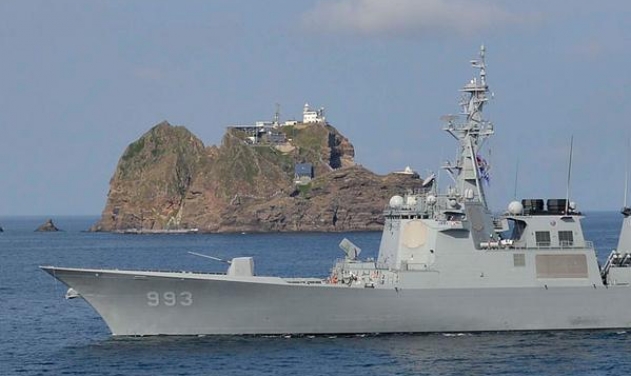Japan Seeks US Spy-6 Radar To Boost Capabilities of Aegis Missile Defense System

Japan is seeking new powerful radar, known as Spy-6 from the United States to boost the range of its interceptor missiles to add a new layer of defense to help counter North Korea’s missile advances.
Reuters quotes government sources as saying that Spy-6 radar is capable of detecting threats faster at better range than their existing technologies. By 2023, Japan wants to have an operational land-based version of the Aegis ballistic missile defense (BMD) system as an answer to advances Pyongyang has made in its ballistic missile program.
Without the new powerful radar, known as Spy-6, Japan will have to field the system with existing technology that has less range than a new generation of BMD interceptor missiles, the sources were quoted as saying. That could mean that while the interceptor has enough range to strike a missile lofted high into space, the targeting radar may not be able to detect the threat until it is much closer, the report says.
However, Japan is worried the United States has so far declined to arm it with a powerful new radar, arguing the decision makes the U.S. missile defense system it plans to install much less capable of countering a growing North Korean threat.
Japan has not yet placed an order for Aegis Ashore, but has informally asked Washington to let it have the new radar technology.
The U.S. Navy supports giving Japan the new radar, the source said, but may be thwarted by reluctance from the Missile Defence Agency, which is responsible for developing BMD technology.













